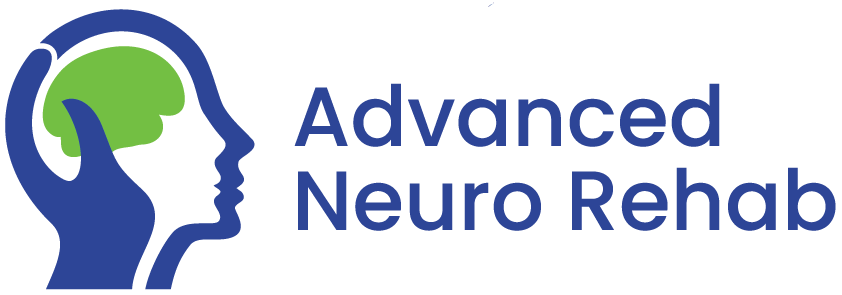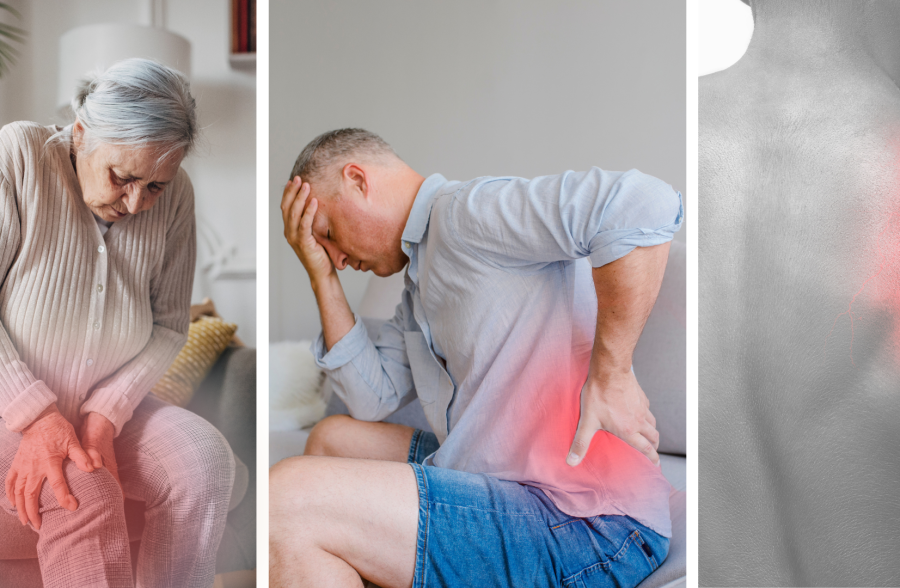Weekly Staff Professional Development Topic
Your Story Matters!
Pain isn’t simply about injury; it’s better understood as an alarm system for when our body perceives danger. This system is influenced by more than just what’s happening in the body and tissues. Our brain, emotions, and experiences all play a role.
The good news? Your brain can adapt, which means your pain can change too.
Pain is More Than Physical!
Pain is influenced by three key factors:
- Biological: Tissue damage, nerve sensitivity, inflammation.
- Psychological: Stress, fear, past experiences.
- Social: Support, relationships, environment.
Everyone’s pain experience is different due to these factors.
Pain ≠ Tissue Damage
Think of a car alarm. It’s meant to go off when there’s a real threat, such as a break-in. But sometimes, it’s triggered by something less threatening, like a strong gust of wind or a passing truck.
Your pain system works the same way. It’s designed to protect you, but sometimes it stays on high alert. This is why old injuries can still hurt and why some people feel intense pain even when scans don’t identify any pathology.
DIMs vs. SIMs: Influencing the Pain Message
Your brain is like a security system, constantly scanning for danger or safety signals.
DIMs (“Danger In Me” messages) increase pain:
- Fearful thoughts
- Negative medical advice
- Stress, poor sleep, lack of support
SIMs (“Safety In Me” messages) reduce pain:
- Encouraging words and hopeful messages
- Gentle movement and relaxation
- Feeling supported and in control
By reducing DIMs and increasing SIMs, you can help calm your nervous system and influence how you experience pain.
Reframing Your Story
Pain is influenced by many factors, but small steps toward safety rather than danger can create significant improvements in function. Both the body and brain are adaptable—not only can muscles and joints strengthen with repetition, but so can the brain’s pain-processing networks.







